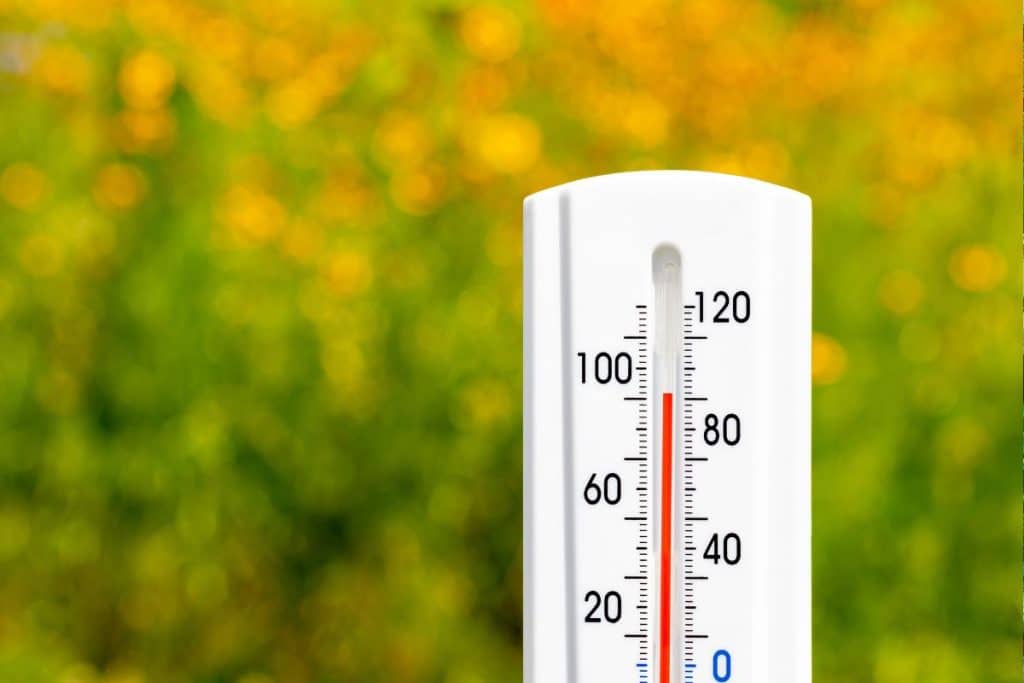According to the National Weather Service, dangerous heat is expected for much of the eastern half of the country as high temperatures move from the Midwest toward the Northeast and Mid-Atlantic, where some households will experience the hottest temperatures of the year.
Despite the fact that temperatures in most parts of the country barely drop at night during the summer, above-average temperatures are predicted for the night, triggering a warning of excessive heat from the plains to the east coast.
A heat warning or flood warning was in effect Thursday for nearly 200 million Americans. However, with moisture moving into the Southwest, the area under an excessive heat warning has been reduced to the southernmost counties of California and some southern counties of Arizona.
In addition to the heat, heavy thunderstorms are expected through Saturday morning over portions of the Great Lakes and Ohio Valley, west to the Middle Missouri Valley.

A day after July 2023 was named the hottest month on record by the World Meteorological Organization and the European Union’s Copernicus Climate Change Service, the extreme heat is predicted to continue.
Scientists have long warned that the use of fossil fuels is causing climate change, which will result in greater and longer periods of extreme weather.
Major East Coast cities such as Washington, D.C., Philadelphia and New York City had real temperatures above 100 degrees Fahrenheit (37.8 degrees Celsius) Thursday due to heat and humidity. Temperatures on Friday are expected to be 10 to 15 degrees Fahrenheit (5.5 to 8 degrees Celsius) above average, setting several records.
Consistently high temperatures have been a problem in the Southwest and southern Plains for several weeks. A New Mexico meteorologist described the persistently hot weather (over 100 degrees or 37.8 C) as exceptional.
“They probably aren’t going to have a lot of sympathy for the rest of the country,” said Bob Oravec, lead forecaster with the National Weather Service’s Weather Prediction Center.
The nation’s vast electrical systems and utilities are under stress because of the intense heat, which could affect Americans’ ability to cool off.
Utility Con Edison in New York City asked residents to use their air conditioners sparingly in order to save electricity. When a power grid is overloaded, it can cause power outages that are not only inconvenient, but can also lead to equipment failures and significant emissions when machines restart.
The nation’s largest power grid, PJM Interconnection, issued a level one emergency notice on Wednesday for its 13-state grid, indicating the company is concerned about its ability to produce enough electricity.
“PJM currently has enough generation to meet forecast demand, but operators continue to monitor the grid conditions for any changes,” said spokesperson Jeffrey Shields on Thursday.
Not only PJM, but other power grids have sent out similar warnings. A similar warning was issued Thursday by the Midcontinent Independent System Operator, which primarily serves states in the Midwest and Northern Plains.
In part because of the extreme heat in Southern California, the California Independent System Operator (CAISO) also declared an energy emergency for Wednesday evening, but it was only in effect for that day. A CAISO spokeswoman, Anne Gonzales, said they expect to be able to meet demand over the next few days.
Most of Texas is covered by the Electric Reliability Council of Texas, which expects its power grid to operate normally during the recent wave of extreme weather across the nation.

